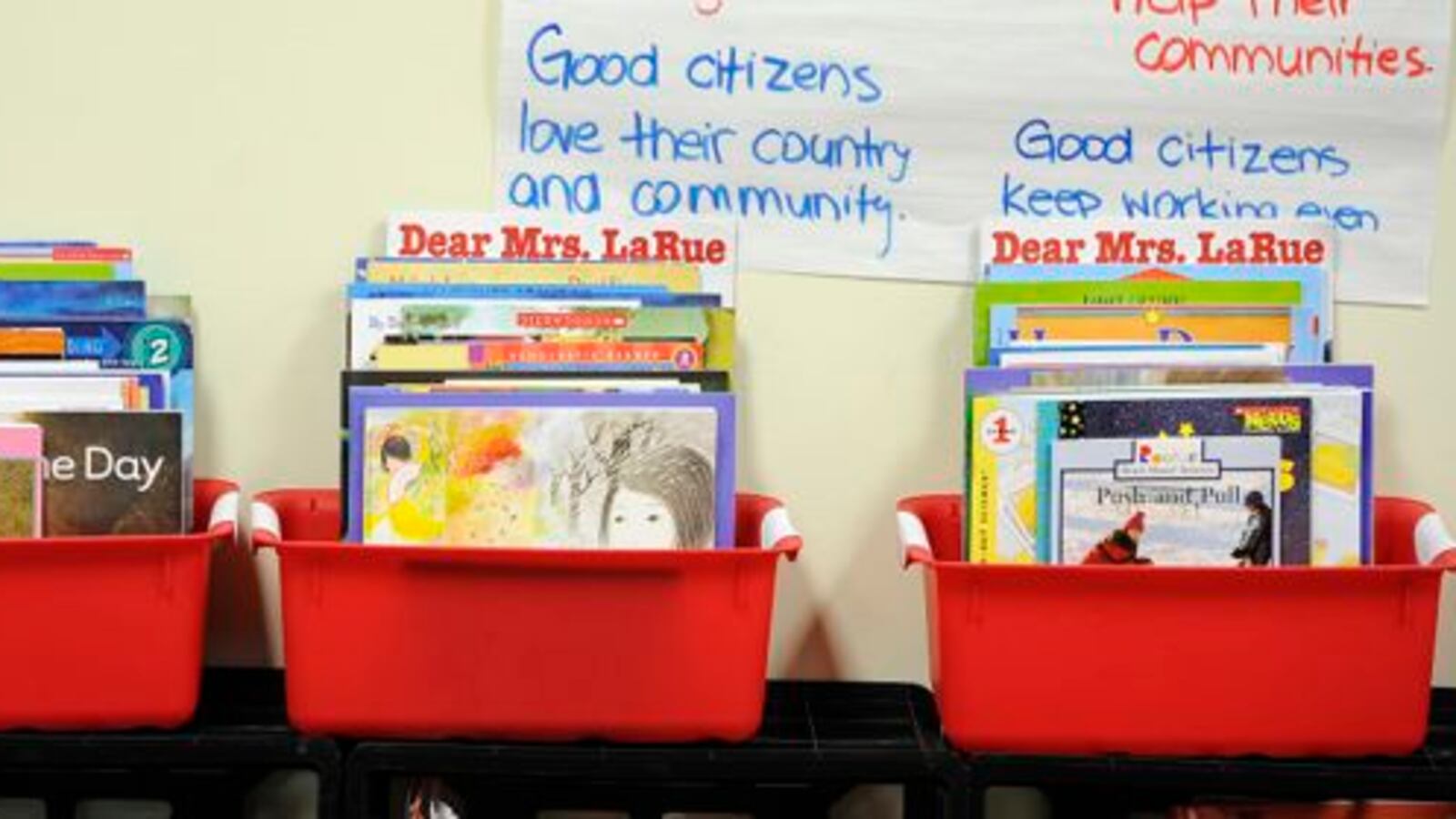Educator Denise Lessow spent much of today worried that legislators would amend a bill intended to help teachers recognize students struggling with dyslexia in ways that would render it ineffective for kids.
But that didn’t happen. Instead, Lessow cheered the Senate Education Committee’s unanimous passage of House Bill 1108 — left mostly unaltered — as a step forward for schools to help kids with dyslexia overcome reading challenges. The bill will next be considered by the full Senate.
Rep. Woody Burton, R-Whiteland, the bill’s author, said it is intended to give teachers, who might not be aware of the specific needs of dyslexic students, more tools to use in their classrooms.
“It’s about helping to create a process in the education system for the teacher to identify the possibility of dyslexia and other similar disorders and refer them to the appropriate people,” Burton said during testimony on the bill last week. “It doesn’t ask teachers to diagnose.”
The committee, chaired by Sen. Dennis Kruse, R-Auburn, passed the bill 8-0 with two fairly uncontroversial amendments, both submitted by Sen. Earline Rogers, D-Gary, which the committee passed by consent. One ensures the definition of dyslexia is in line with current law and the other moves the language about training out the section of code dealing with teacher licensure.
But the amendment that concerned Lessow and other educators — a move also written by Rogers that would have ditched requirements to use an especially effective method for teaching dyslexic students known as Orton-Gillingham — was not brought up for a committee vote.
A representative from Roger’s office said it could still come up as she works with the bill’s authors and it moves to the full Senate.
Lessow, the executive director of Pinnacle Schools in Bloomington and chair of the Institute for Dyslexia Education and Awareness, said she hopes lawmakers decide not to alter the original language of the bill too much, especially if the changes would put dyslexia back under the more general umbrella of learning disabilities.
That could mean students might not get reading help until they’ve gone through a district process to be classified as needing special education accommodations.
Students can’t afford to wait that long, Lessow said. There are existing strategies teachers can use immediately and then refer families to a dyslexia specialist.
“The goal for part of this whole bill was to really look at backing up even further to look at children from the very beginning and look at early literacy and helping children in the classroom who might be displaying symptoms of dyslexia,” Lessow said. “So then when you start to see a struggling reader, and there’s a family history of dyslexia, it makes you pay attention.”
New ways to support struggling readers
When as many as 20 percent of students could be struggling with dyslexia, Lessow said she thinks schools need to give individual attention to students and use the methods that work best for them.
Reading strategies that work for many students might not ever click for students dealing with dyslexia.
Lessow said that dyslexic students benefit from teaching methods that incorporate a variety of sensory activities, which are provided by Orton-Gillingham, the program that schools would no longer have been required to use, had the amendment proceeded.
There are other multi-sensory methods, Lessow said, but none have the same kind of structure or success as Orton-Gillingham, and schools should be expected to use the teaching strategies that experts say work best.
For example, when learning to read a word, students might be asked to sound the word out verbally, write it down on paper and then trace the letter with their finger in sand.
This allows the student to build stronger connections with words so they can better understand how letter and sound patterns form. In most schools, however, kids aren’t usually presented with those strategies.
And existing school reading programs that target struggling students, such as Title I Reading Recovery, might not help a dyslexic student, Lessow said. The result, she said, is teachers get frustrated that their strategies aren’t working, and students get frustrated because they aren’t improving.
“They’re putting a lot of energy in and not getting any improvement on the part of both the child and the teacher,” Lessow said. “So it’s really not a productive situation.”
The committee passed five other bills today, all with a vote of 8-0. They will next go to the full Senate.
- Transfers for school employees. House Bill 1056 would require school districts that have space to permit the children of their employees who live outside the school district to transfer into the district’s schools.
- Student teaching. House Bill 1188 would ensure that student teachers are assigned only to be mentored by teachers who are rated effective or highly effective.
- High school diplomas. House Bill 1194 would study the need for changes to Indiana diploma types to ensure they accommodate students in special education and career and technical programs.
- Accelerated degree program. House Bill 1231 would create college scholarships for students who participate in an accelerated degree program. This bill will be heard by the Senate Appropriations Committee before going to the full Senate.
- Adult charter high schools. House Bill 1438 is aimed at extending changes to charter school funding to adult charter high schools.

